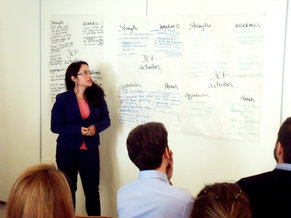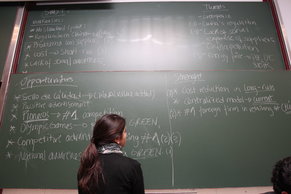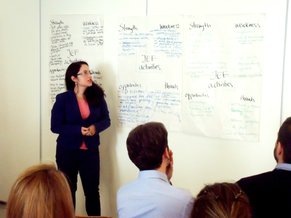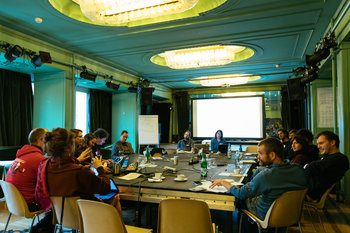
Audits and investigations | Bad publicity |
Brand strength of competitors | Changing customer needs |
Changing customer perceptions | Competitor alliances |
Competitor expansion | Competitor strengths |
Cost increases | Crime |
Customer dissatisfaction | Customers or partners fail to pay |
Cybersecurity threats | Data breaches |
Data quality issues | Demographic shifts |
Discontinuation of a partnership | Disruption of operations |
Economic downturns | Employee turnover |
Errors and mistakes | Exchange rate volatility |
Facility outages | Failure of a partner |
Financial instability | Going over budget |
Government corruption | Government cutbacks |
Government policy changes | Improvements of competitors |
Increased competition | Industrial accidents |
Inflation | Infrastructure failures |
Integration issues | Interest rate volatility |
Inventory problems | Labor actions such as strikes |
Legal disputes | Loss of customers |
Loss of knowledge | Loss of license or regulatory approval |
Low partner performance | Changing market conditions |
Market failure – product fails on market | Market saturation – too many competitors |
Market shifts | Market volatility |
Miscommunication | Missing deadlines |
Natural disasters | Negative impact on environment |
Negative impact on people and communities | Negative word of mouth |
New customer requirements | New regulations |
New standards | Partner reputational issues |
Political change | Political instability |
Poor reviews | Price wars |
Product imitation | Product liability |
Project failure | Protests and political activism |
Regulatory fines and penalties | Rumors and misinformation |
Social unrest | Supply chain disruptions |
System failures | Talent shortage |
Tariffs and quotas | Technological disruption |
Technological obsolescence | Theft of intellectual property |
Trade wars | Physical security threats |
Competition
The potential actions of a competitor are the most common type of threat in a business context. For example, a competitor who copies your new product thus decreasing its unique value on the market.Talent
Loss of talent or an inability to recruit talent. For example, the potential to lose employees that are holding your business together.Market Entry
The potential for new competitors to enter your market. For example, the only hotel close to a popular beach may see declining occupancy if a competitor opens a location nearby.Prices
Changes to market prices or a price war with a competitor. For example, a farmer who identifies a threat that per-barrel prices for cranberries could fall.Costs
Changes to costs. For example, a student who identifies a threat that tuition could go up.Approvals
The chance that something will not be approved. For example, a threat to a construction project that building permits will not be approved by local government.Supply
The potential for suppliers to fail to meet their commitments to you. For example, a solar panel manufacturer that is thrown into disarray when a key supplier suddenly goes out of business.Weather
Weather risks such as a ski resort that identifies a warm winter as a threat.Disasters
Disaster risks such as a beachfront hotel that identifies a storm surge as a threat to property and operations.Customer Service
A customer service failure such as a representative who is rude to a customer with the customer then posting evidence and complaints to social media.Quality
Quality failures such as defective products.Knowledge
The potential for knowledge shortfalls or for trade secrets to flow to a competitor.Brand
Threats to a brand such as a competitor with a successful advertising strategy who gains top of mind.Customer Perceptions
Customer perceptions such as a perception that a key ingredient in your food product is unhealthy.Customer Needs
Changing customer needs such as a generation of commuters who live closer to work and prefer bicycles and public transportation to buying a vehicle.Customer Preferences
Changing customer preferences such as a popular fabric pattern for men's shirts that suddenly is viewed as out-of-style.Financial Conditions
Changing financial conditions such as recessions, increasing interest rates and exchange rate fluctuations.Information Security
Information security threats such as an advanced persistent threat.Regulations
The threat of new regulations such as a taxi cab startup whose business model could be invalidated by transportation regulations.Taxation
Changes to taxation that impact your profitability or business model.Compliance
The potential for you to break rules and regulations. For example, an employee who fails to follow procedure who leaves you open to penalties and reputational damage.Environment
Environmental damage such as a beachfront hotel that suddenly has dangerous items of garbage washing up on shore at all hours of the day.Quality of Life
Changes to quality of life or perceptions of quality of life. For example, a firm located in a city that gains a reputation for low quality of life due to factors such as air quality that finds it more and more difficult to recruit talent.Innovation
The potential for a competitor to dramatically improve processes, methods, products or services. For example, a competitor who develops a more useful, energy efficient and environmentally friendly form of transportation that threatens various business models.Summary
The following are common types of SWOT threat.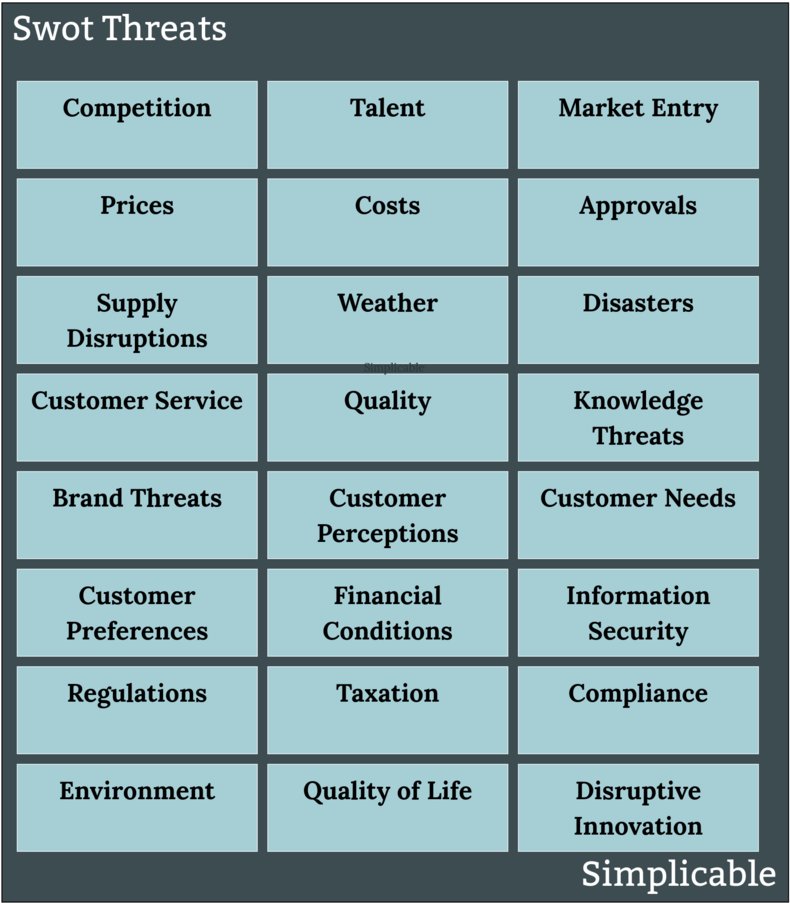
Overview
SWOT threats are factors in the environment that can negatively impact your plans.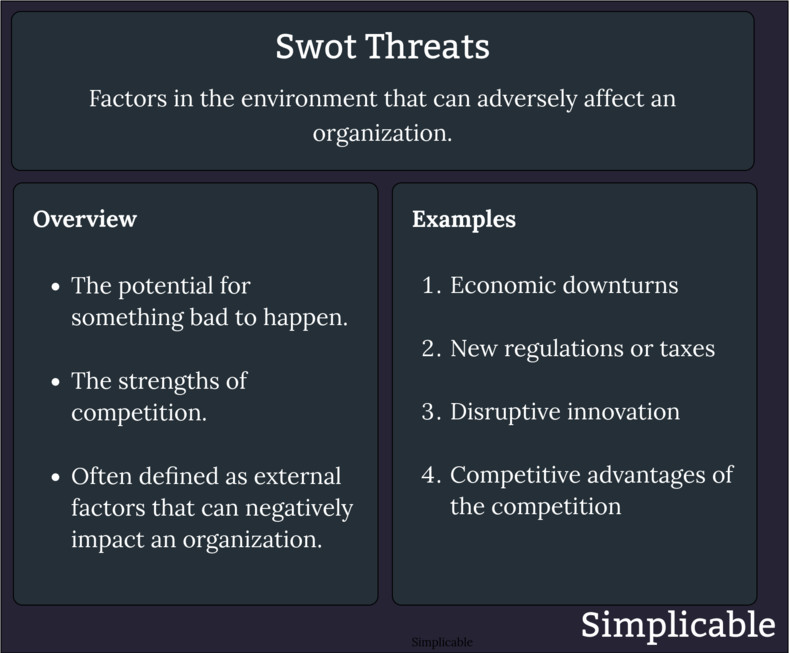
Notes
It is commonly stated that the opportunities and threats component of a swot analysis are "external" factors. This is misleading as both opportunities and threats can be internal. For example, an information security threat can originate with an employee just as easy as an outsider. Likewise, an opportunity can be internal such as an opportunity to improve employee productivity. The internal vs external distinction is unhelpful but is nonetheless common in SWOT analysis materials and instructions. This is inconsistent with practices such as risk management and strategy planning that encourage the identification of both internal and external threats and opportunities. It is common for SWOT analysis materials use weak language around the internal-external distinction such as "usually" and "generally" to leave open the option of internal opportunities and threats.| Overview: Swot Threats | ||
Type | ||
Definition | A potential for something bad to happen. | |
Related Concepts | ||

